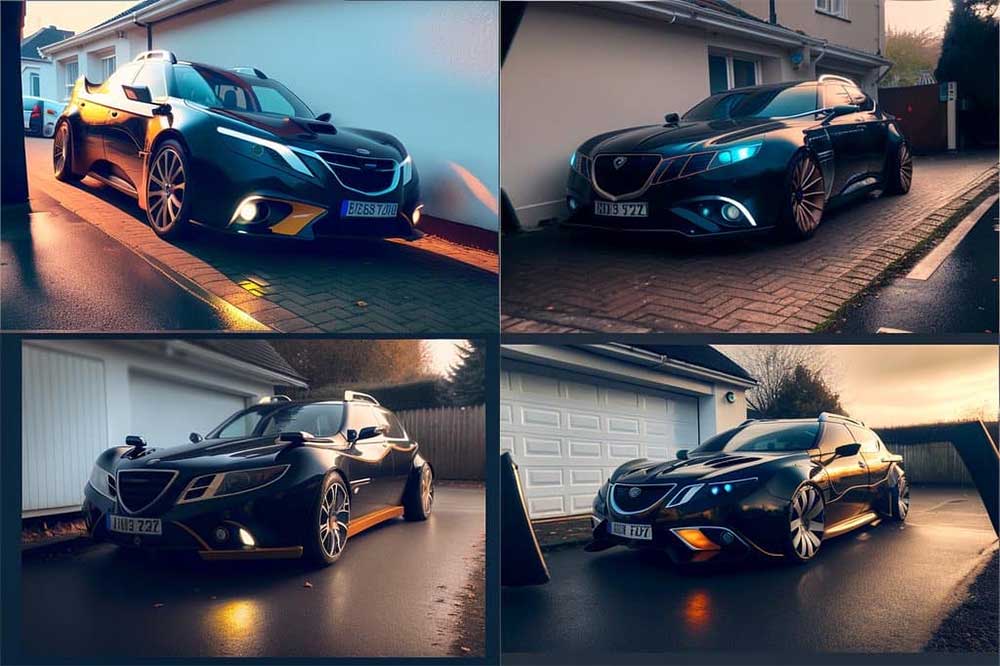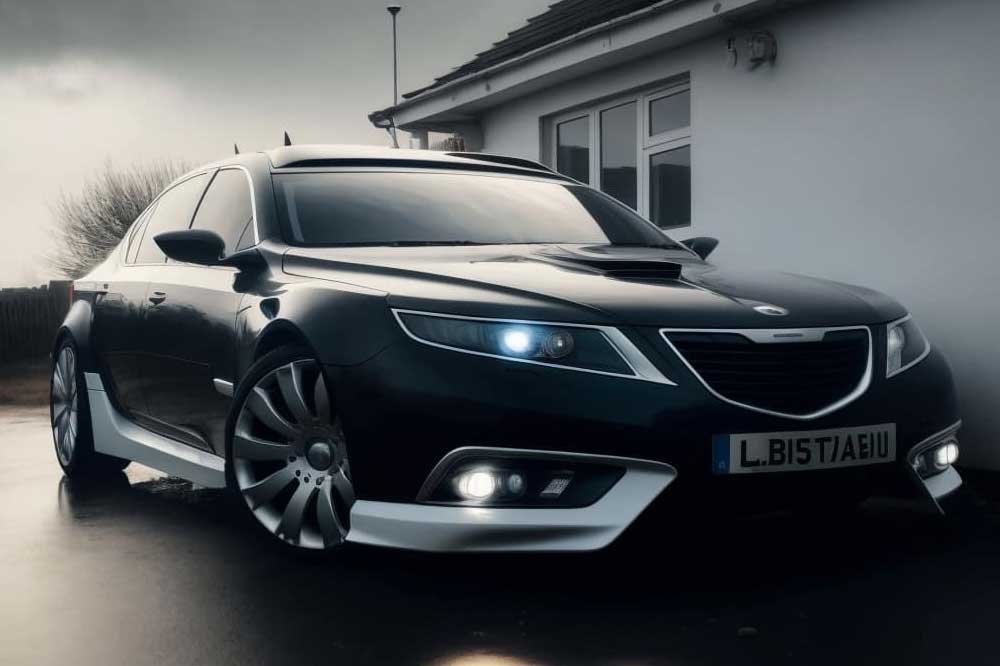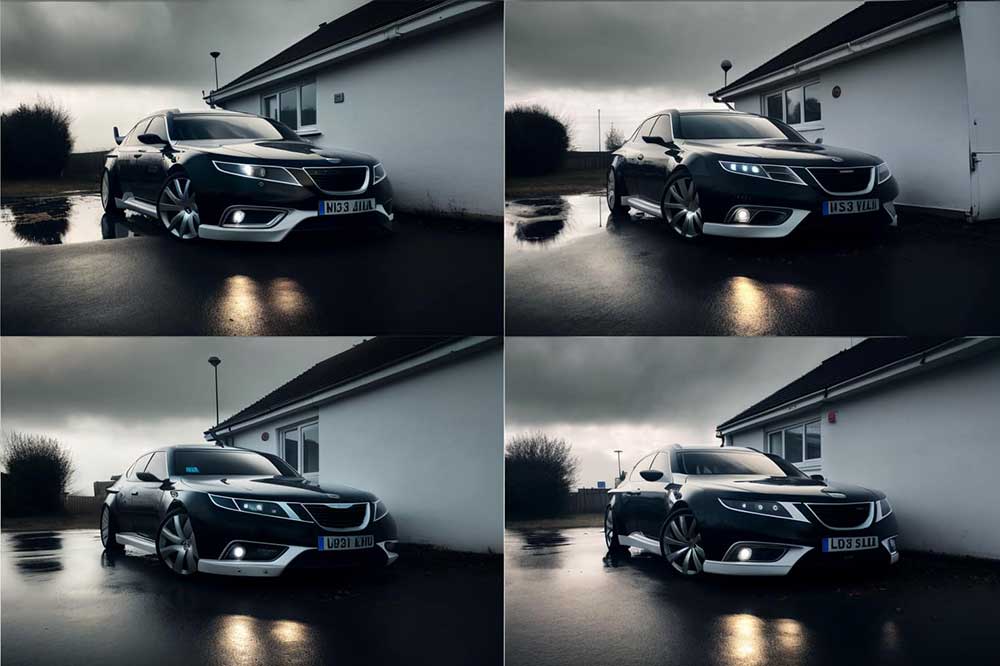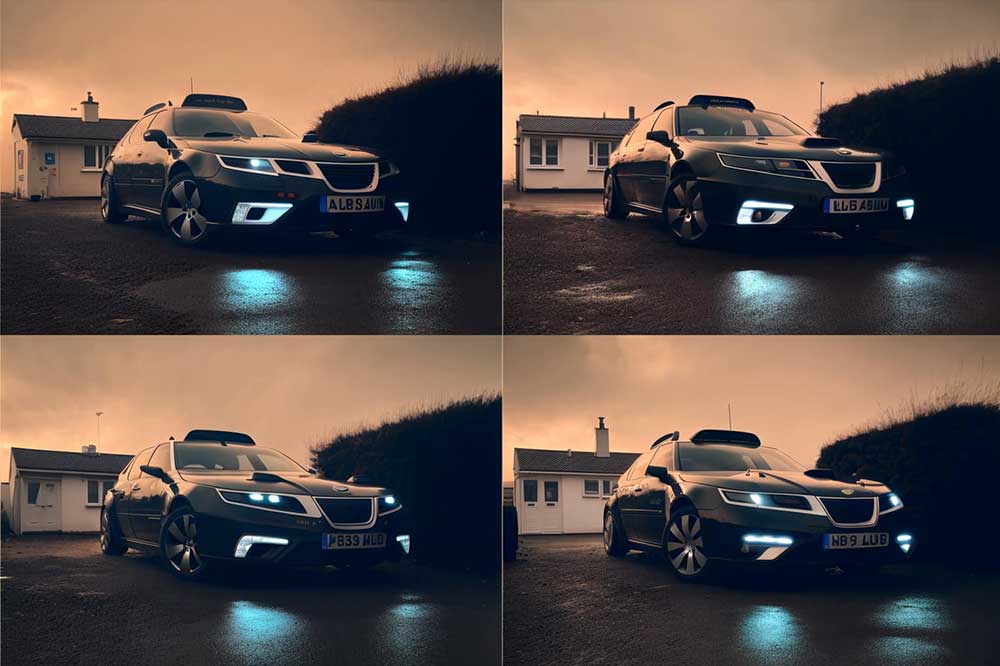Both before and after Saab Automobiles ceased to exist, Saab cars were a special inspiration for many industrial designers around the world, and you can see some of those works in our Saab conceptssection. Of course, some of these works are not worthy of attention, while there are also great design visualizations that we can even imagine as finished products – new Saab cars.
But how does artificial intelligence see potential Saab cars of the future? We are currently witnessing a real “flood” of a large number of web services that offer artificial intelligence services, especially in the field of visualization based on given keywords or images.

You can try some of these AI web services yourself, because most of them are in the Beta test phase, and most of them are free for now – and for these services, it is estimated that in the near future they will no longer be free, but that they will charge for AI services.
One of the Saab enthusiasts tried MidJourney for semantic AI visualization based on given keywords or given visual templates. Of course, as a task, he gave the machine key words and a picture of his Saab 9-3. What you can see here are images generated by AI. He has uploaded only one photo of hisSaab #9-3 2008 and had it reinterpret it using words such as redesign, retro design, minimalism, brutalism, cyberpunk or even current exaggerated trends. Some results are bizarre, others quite successful, but it is fascinating how the artificial intelligence managed to contain “that” Saab element.

How does artificial intelligence achieve these results?
It is possible for artificial intelligence (AI) systems to generate visual content, such as images, videos, or graphics. There are various techniques and approaches that can be used to create AI-generated visuals, including machine learning algorithms, neural networks, and generative models.
One common approach to generating visuals with AI is to use a generative model, which is a type of machine learning algorithm that is trained on a dataset of examples and can then generate new, similar examples. For example, a generative model trained on a dataset of images of faces might be able to generate new, synthetic images of faces that are similar to the ones in the training dataset.

Another approach is to use neural networks, which are a type of machine learning model that is inspired by the structure and function of the human brain. Neural networks can be trained to recognize patterns in data and can be used to generate images or other types of visuals by processing input data through multiple layers of interconnected nodes.

There are many tools and frameworks available that can be used to build and train AI systems for generating visuals, including TensorFlow, PyTorch, and GANs (generative adversarial networks). It is also possible to use pre-trained AI models, such as those provided by cloud services like Google Cloud or Amazon Web Services, to generate visuals without the need to build and train your own model from scratch.
And exactly one of those services was MidJourney , which was used in our case for the synthetic visualization of the Saab 9-3 car of the future.












Many pics look too much like an Acura…